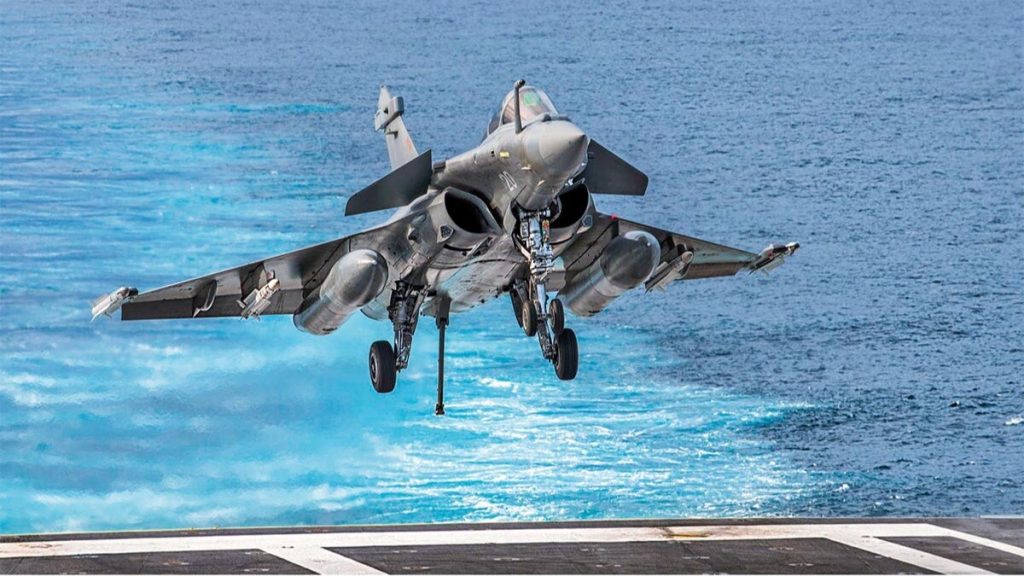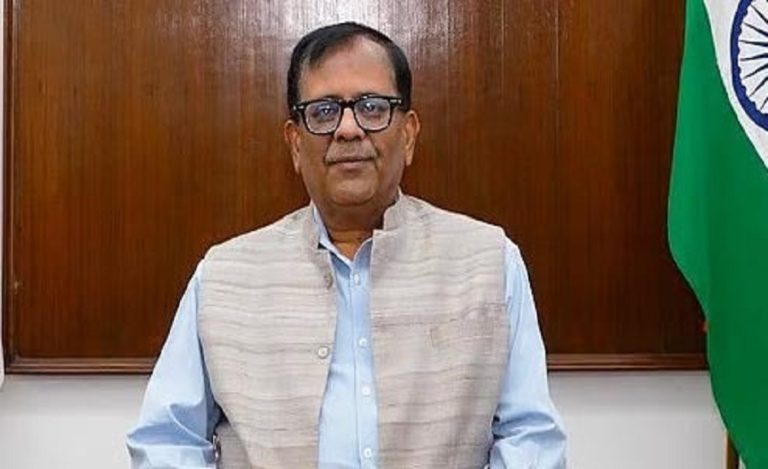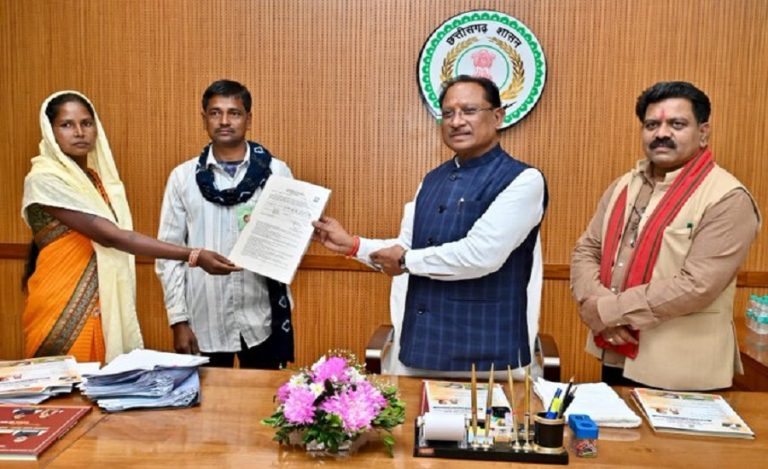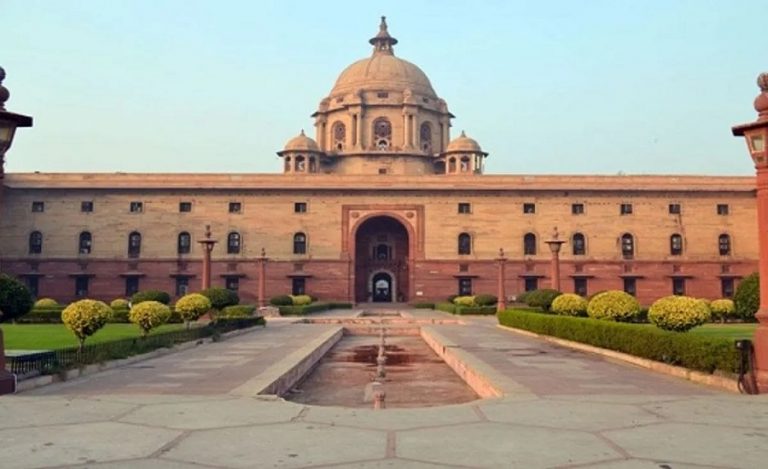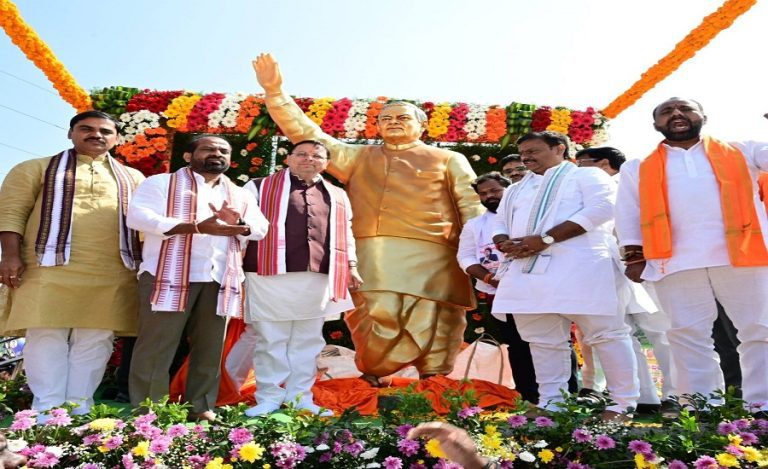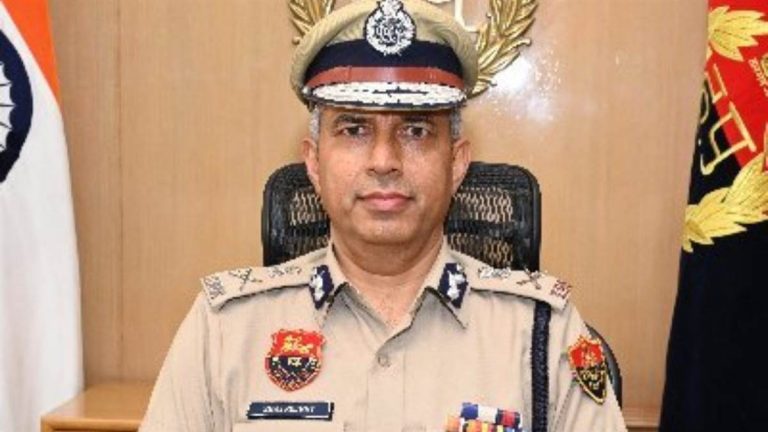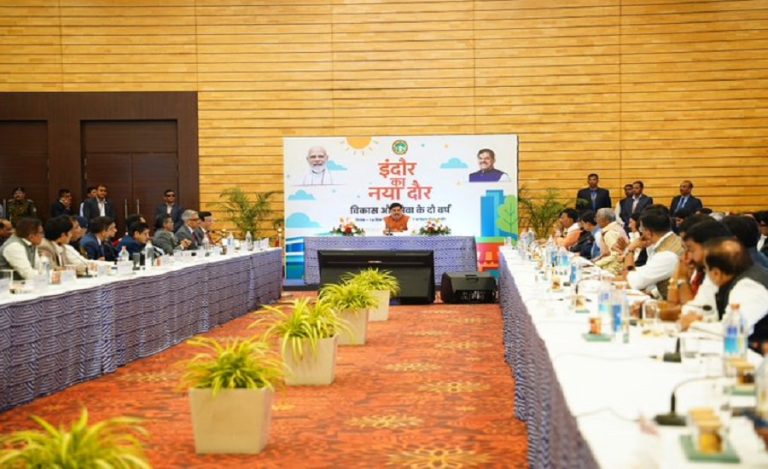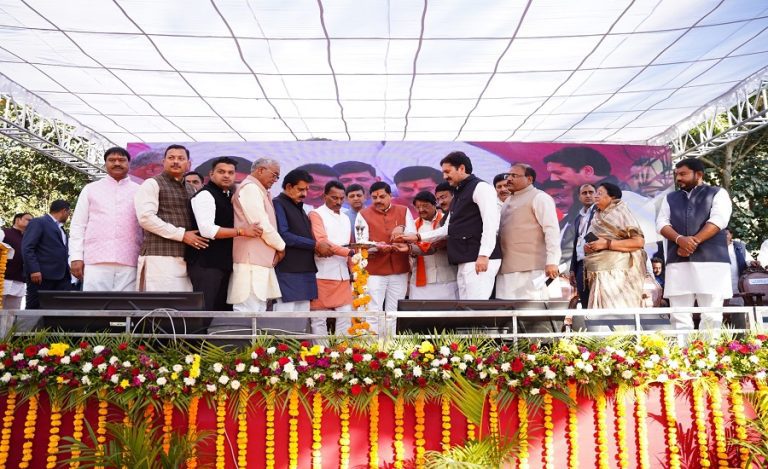Ambala/New Delhi: In a significant step for India’s air-combat readiness, French aerospace and defence major Thales is poised to position a permanent company representative at the Ambala Air Force Station (AFS)—home to the first squadron of Rafale fighters operated by the Indian Air Force (IAF). This milestone reflects deepening Indo-French defence cooperation but also raises important questions around mission-critical avionics dependence and sovereign control.
Background of the Thales’ Permanent Representative
The Rafale fighter platform, procured by India from French company Dassault Aviation, features advanced avionics, sensors and electronic-warfare suites supplied by Thales, including the RBE2 AESA radar and SPECTRA system. According to the news item, Thales’ step comes under the sustainment and performance-based logistics framework for India’s Rafale fleet.
The Ambala AFS, located on India’s western front, is strategically vital and hosts one of the IAF’s Rafale squadrons. Ensuring high sortie rates and mission availability for Rafales requires timely maintenance of sophisticated sensors and avionics—the domain where Thales will now have a standing presence onsite.
Major Highlights of the Deal
Thales will station a representative permanently at Ambala AFS to oversee maintenance and technical support for avionics, radar and sensor subsystems of the Rafale fleet.
→ The move formalises Thales’ long-term maintenance commitment under India’s performance-based-logistics (PBL) framework for Rafales.
→ On-ground presence of Thales’ personnel promises real-time diagnostics, faster repair cycles and seamless spares management, thereby enhancing readiness and sortie generation for the IAF.
Strategic Significance & Implications of the Thales’ Permanent Representative
Enhanced Readiness and Operational Availability: With Thales embedded at Ambala AFS, the IAF stands to gain improved operational availability of its Rafale squadrons along the sensitive western border. Faster turnaround of avionics repairs and sensor recalibrations can lead to higher mission readiness and enhanced deterrence posture.
Sovereignty vs Support-Dependence: However, the arrangement also underscores India’s continuing reliance on foreign OEMs for mission-critical subsystems. While readiness improves, sovereignty over avionics upgrades, sensor integration or third-party weapon interface remains constrained. The news commentary emphasises this dual-edged scenario: greater availability, but limited system autonomy.
Indo-French Defence Ecosystem Deepening: The move represents another layer in the growing strategic partnership between India and France in defence manufacturing, support and systems integration.
Thales’ presence onsite signals the maturity of the cooperation, moving beyond procurement to long-term support and logistics. The collaboration may also aid future Indian aerospace programmes by providing exposure to next-gen sensor maintenance protocols.
Context within Rafale Sustainment Framework: The Rafale platform’s avionics, including the RBE2 AESA radar and SPECTRA EW suite, are proprietary and largely supplied by Thales. India has sought to integrate indigenous systems, but has repeatedly faced resistance due to export-licence and certification constraints. The permanent presence of Thales at Ambala brings logistical assurance but also highlights the roadmap still to be traversed for full system sovereignty.
What This Means for the Indian Air Force (IAF)
- Faster turnaround for radar and EW system issues means higher sortie rates, especially in high-tension western theatre.
- A dedicated OEM liaison onsite reduces logistical bottlenecks, such as waiting for spares or external diagnostic support.
- The arrangement may become a template for other platforms with foreign OEM-supplied critical subsystems, thereby improving lifecycle support across the IAF.

